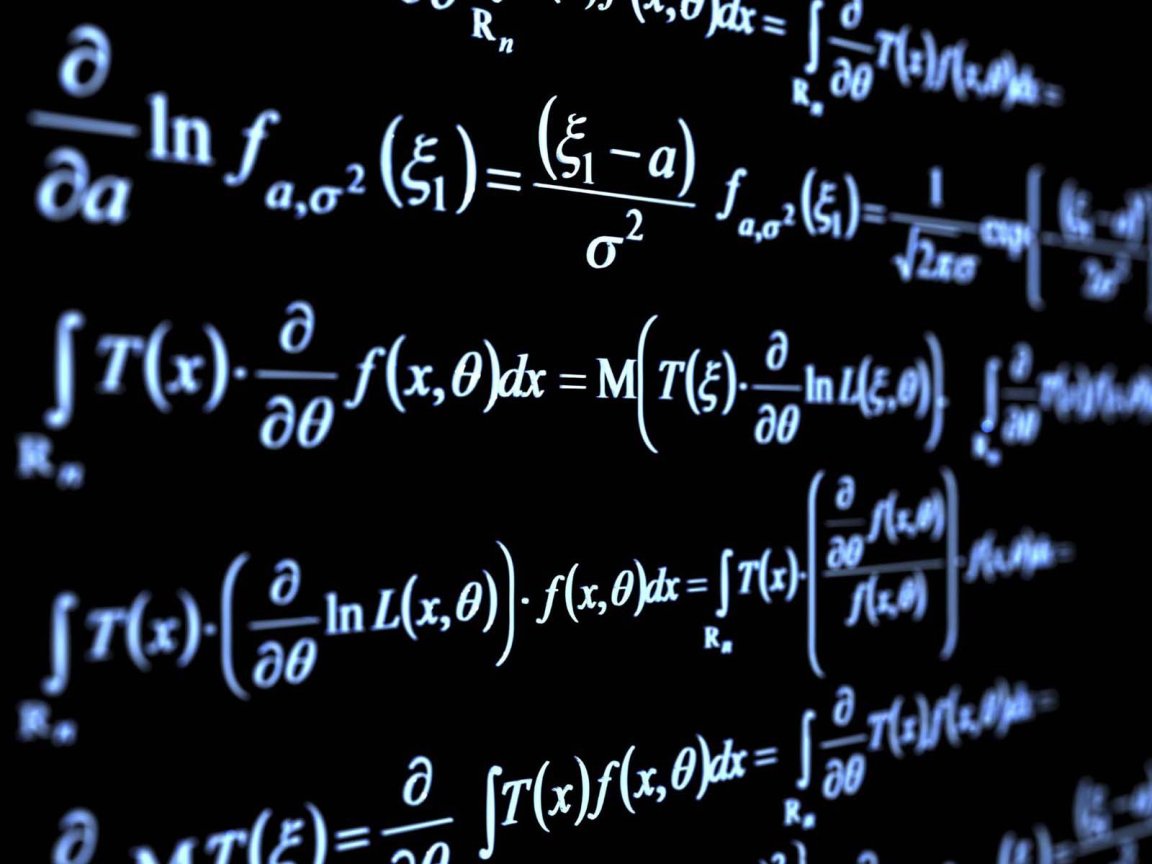
A Mersenne Prime
Prime numbers have been called the “atoms of arithmetic;” the mathematician Don Zagier said of primes that “upon looking at these numbers one has the feeling of being in the presence of one of the inexplicable secrets of creation.” An alien civilization even used them to communicate with Jodie Foster in the film Contact.
As any math geek knows, primes are those numbers greater than one that can only be divided by themselves and the number one: 2, for example, as also 3, 5, 7, 11, etc. Though somewhat numerous to begin with, they grow very scarce, and unpredictably so, the higher the numbers mount toward infinity. Seeking these rare creatures among the numerical immensities is one of the favored recreations for the mathematically inclined.
And there is something of a competition among mathematicians—a competition that includes, in some cases, the promise of rather hefty cash rewards—to discover the very largest prime numbers.
Enter Dr. Curtis Cooper, a professor of computer science at the University of Central Missouri. Using his university’s computers, he discovered the new prime, which is called M74207281, and is represented as 274,207,281-1. That’s the number 2 raised to the power of 74,207,281 minus one.
According to experts, if M74207281 (which is exactly 22,338,618 digits long, 5 million longer than the previous record-holder) were printed out, it would be 22.3 kilometers (13.9 miles) long. Therefore, out of consideration to the reader, we have refrained from representing it here in its entirety.

M74207281 actually belongs to a unique class of primes called “Mersenne primes,” which are represented 2P-1 (where P is a prime number). Only 49 Mersenne primes have so far been discovered; M74207281 is the forty-ninth.
Dr. Cooper, who is a member of the curiously-named Great Internet Mersenne Prime Search (GIMPS), is something of a repeat offender when it comes to discovering gigantic primes: this is his fourth such record-breaking discovery, and it is hardly likely to endear him to his fellow, less fortunate seekers. What’s more, the new find is eligible for a $3,000 award from GIMPS.
The Search Continues
Although the discovery of new, enormous prime numbers has next to no practical value, and confers little more than dubious bragging rights on its discoverer, the search will undoubtedly continue for as long as human beings remain curious about numbers and their mysteries.
Even so, the pursuit of primes is not solely confined to the abstruse sphere of number theory. “Historically, searching for Mersenne primes has been used as a test for computer hardware,” explains a GIMPS press release about the new prime.
And—who knows?—perhaps someday the quest for the largest primes will reveal some of those “nexplicable secrets of the universe, which Don Zagier believes them to conceal.